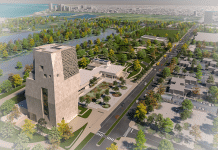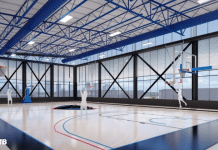Stantec has been selected by the City of Joliet to lead the preliminary design phase of its Alternative Water Source Program.
Joliet, located 30 miles southwest of Chicago, currently sources much of its water from a deep aquifer that will no longer be able to meet maximum day demands by 2030. To address this challenge, the city undertook a two-phase study to evaluate and identify a new source of water, with options including area groundwater, rivers, and Lake Michigan.
Findings were presented to the public and, in January 2020, the Joliet City Council selected Lake Michigan as its preferred source and proceeded to evaluate two options for bringing Lake Michigan water to the region.
In April 2020, Stantec, together with Crawford, Murphy & Tilly and additional subconsultants, was selected to evaluate whether water from Lake Michigan should be purchased from the City of Chicago and conveyed to Joliet through a new water transmission system or obtained through the construction of an entirely new water system supplied by an intake along the Indiana shoreline. Recently, Joliet’s City Council voted to proceed with development of the City of Chicago Alternative and authorized the Stantec team to begin preliminary design of the required infrastructure improvements. The $600-$800 million system will include new pumping, storage, and water transmission infrastructure to convey finished water approximately 31 miles to Joliet for distribution throughout the existing system.
The Stantec team’s scope of work to date has included supporting the City in the final technical and cost evaluations of the two options; application for a Lake Michigan water allocation permit; negotiation of preliminary supply/access agreements; intergovernmental coordination and communications; and public outreach. The team also evaluated regionalization strategies and options for conveyance configurations and routing to deliver Lake Michigan water to the city by 2030. The team is now tasked with completing preliminary design of all components of the new system, including connection, transmission, pumping, storage, and delivery facilities.
Preliminary design will begin immediately, with a construction start for some elements anticipated in late 2024.






